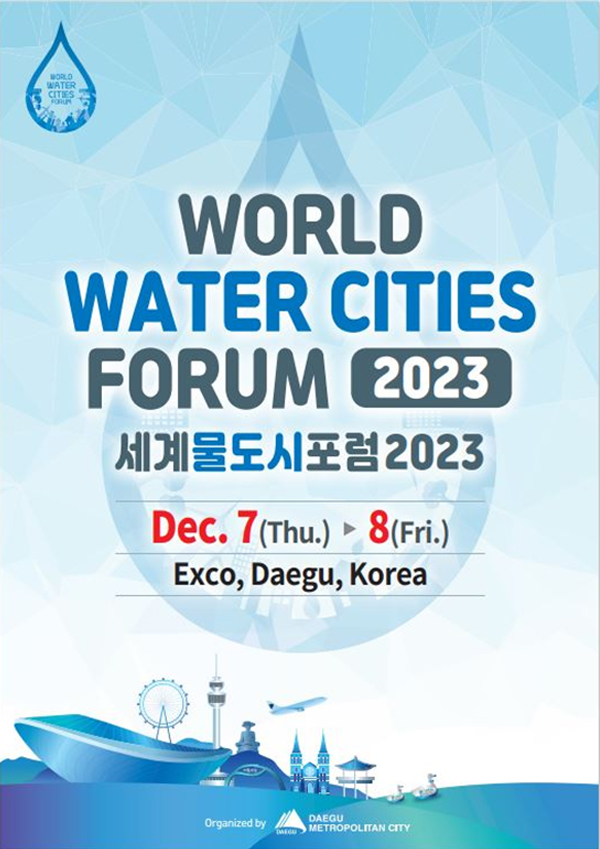Past WWCF
2023
Past WWCF 2023
Overview
- Date
- Dec, 7(Thur), 2023
- Venue
- #325, EXCO, Daegu, Republic of Korea
- Host
- Daegu Metropolitan City
- Invited Cities / Organizations
-
10 cities in 11 Countries , 2 Organizations
Daegu(Rep. of Korea), Lahore(Pakistan), Manila(Philippines),
Taipei(Taiwan), Vientiane(Lao PDR), Ho Chi Minh(Vietnam), Bandung(Indonesia),
Catalonia(Spain), Mikkeli(Finland), Batam(Indonesia),
Institute of Mediterranean Water (IME), Turkish Water Institute (SUEN)
- Topic
- Cooperation and Innovation between Water Cities
- Participants
- Government Officials, Water Specialists and Academics from 10 cities and 2 Organizations in 11 Countries
- Program
-
- Keynote SpeechⅠ, Roundtable for Theme 「Response to the Climate Crisis」
- Keynote SpeechⅡ, Roundtable for Theme 「Smart Water Management」
- Keynote SpeechⅢ, Roundtable for Theme 「City to City Learning」
THEMES AND PARTNER CITIES
| Theme | Partner cities |
|---|---|
| “Response to the Climate Crisis”: Urban Water Disaster Mitigation, Risk Reduction and IWRM
*Associated with the Sub-theme of the 10th World Water Forum ‘Disaster Risk Reduction and Management 3D. Climate-smart, sustainable, and improved resilience of water infrastructure |
|
| (Moderator) Alain Meyssonnier (President, IME): President of the Institute of Mediterranean Water | |
| “Smart Water Management”: Application of AI for creating sustainable, resilient Water Ecosystems |
|
| (Moderator) Jinyoung Jung (Professor, Department of Environmental Engineering, Yeungnam University) | |
| “City to City Learning”: Experiences & Knowledge Sharing to Improve the Water Environment
*Using BCI |
|
| (Moderator) Ahmet M. Saatci (Advisor to SUEN and State Hydraulic Works of Turkey, Former President, SUEN (Turkish Water Institute) | |
Program Timetable
| Time | Program |
|---|---|
| 13:30~13:35 (5”) | Opening and Introduction Video to the WWCF 2023 |
| 13:35~13:40 (5”) | Introduction of Participants and Experts’ Group Members |
| 13:40~13:45 (5”) | Welcoming Remarks |
| 13:45~14:00 (15”) | Daegu Metropolitan City – BP Batam MOU Signing Ceremony for Water Cooperation |
| 14:00~14:05(5”) | Commemorative Photo session |
| 14:05~14:10 (5”) | Introduction to the World Water Cities Forum 2023 and Background of the Major Themes |
| < Roundtable for Theme> 「Response to the Climate Crisis」 | |
| 14:10-14:15(5”) | Keynote Speech: Theme |
| 14:15~14:40 (25”) |
Sharing of Urban Water Issues and Experiences ① Lahore ② Manila ④ Taipei |
| Discussion | |
| < Roundtable for Theme > 「Smart Water Management 」 | |
| 14:40~14:45 (5”) | Keynote Speech: Theme |
| 14:45~15:15 (30”) |
Sharing of Urban Water Issues and Experiences ①Vientiane ② Ho Chi Minh ③ Bandung |
| Discussion | |
| 15:15~15:25 (10”) | Coffee Break |
| < Roundtable for Theme> 「City to City Learning」 | |
| 15:25~15:30 (5”) | Keynote Speech: Theme |
| 15:30~16:00 (30”) |
Sharing of Urban Water Issues and Experiences ①Catalonia ② Mikkeli ③ Daegu ④Batam |
| Discussion | |
| 16:00 ~16:30 (30”) | Q & A |
| 16:30~16:45 (15”) | Presentation of Urban Water Policy Brief |
| 16:45~16:50 (5”) | WWCF towards the 10th World Water Forum |
| 16:50 | Announcement of Closing |
Introduction of participants in WWCF 2023
Lahore - Pakistan
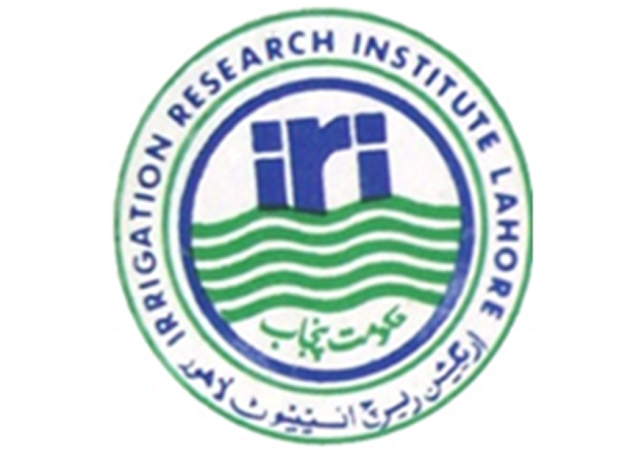
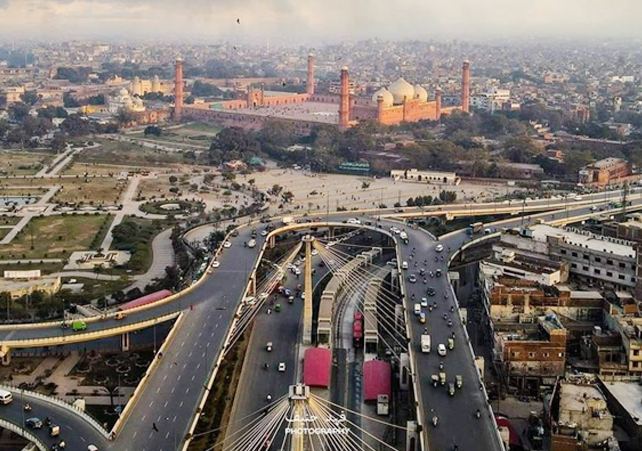
About the City
| Name | Lahore |
|---|---|
| Population | 13 M |
| Main industry/economic sectors | Textile, Drugs, Cosmetics, Pharmaceuticals, Rubber, Iron, Steel, GDP = $84 Billions, GDP Growth rate 5.6%, GDP per capita $7550, Literacy rate = 50% |
| Source of water supply | Groundwater Rainfall Canal Water |
| Website | https://lahore.punjab.gov.pk/ |
Introduction of the City/Province/Organization
Lahore is the 2nd largest city of the Pakistan and 24th largest city in the world. It is capital of the Punjab Province being the hub of industrial units, vibrant cultural, and diverse social activities. It is situated in on the left bank of Ravi River in Indus River Basin of Pakistan.
It is spread over an area of 1,772 km2 with a population of 13 M. It is cultural heart of Pakistan and alsoknow as City of Gardens due a large number of gardens and parks. Most of drinking, industrial, and industrial water demands are met through groundwater. However, Lahore Branch Canal (LBC) also passes through the center of city which is a source of recharge to groundwater.
Some outlets from the canals have also been made operational to cater for the water requirements of parks, gardens and playgrounds. Recently 100 cusecs of surface water has been allocated to meet the domestic water needs of city to lessen the pressure on groundwater. Groundwater depletion rate in the city was around 1 m per year, which has been controlled using nature based local interventions including regulations.
Manila - Philippines
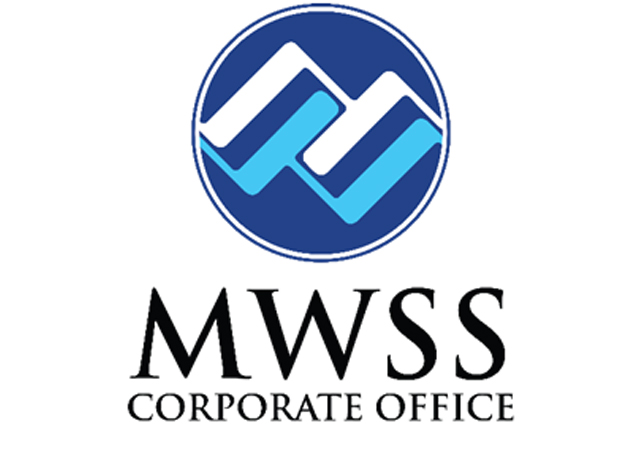
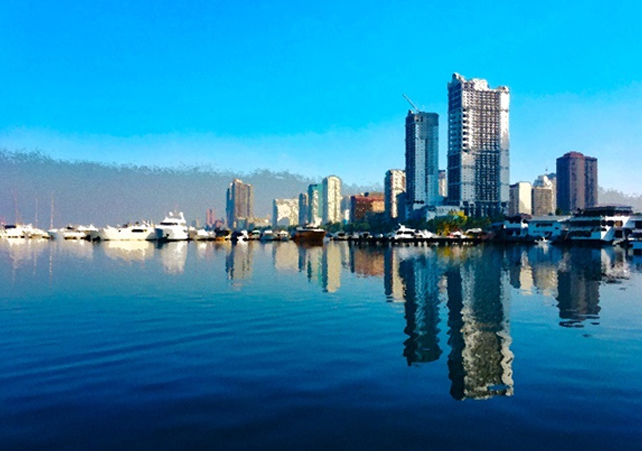
About the City
| Name | Metropolitan Manila or Metro Manila |
|---|---|
| Population | Estimated 14.7 million |
| Main industry/economic sectors | Trade and Tourism, Business/Finance, Local/Non-Market, Manufacturing, Transportation, Construction, Utilities and Commodities |
| Source of water supply | Angat Dam (about than 90%), Ipo Dam and La Mesa Dam |
| Website | https://mwss.gov.ph/ |
Introduction of the City/Province/Organization
Metro Manila is the capital region of the Philippines and is composed of 16 highly-urbanized cities and one municipality. It encompasses an area of 619.57 square-kilometers and is the second most populous and most densely populated region in the Philippines. With an average growth rate of 0.44% annually, Metro Manila’s main source of water will eventually be inadequate to supply the demand of its growing population. Thus, the Metropolitan Waterworks and Sewerage System (MWSS) is currently building the New Centennial Water Source-Kaliwa Dam Project (NCWS-KDP) in the nearby provinces of Rizal and Quezon, to augment the raw water being supplied by Angat Dam which is already more than 50 years old. The NCWS-KDP is targeted to be completed by the year 2027.
Taipei - Taiwan
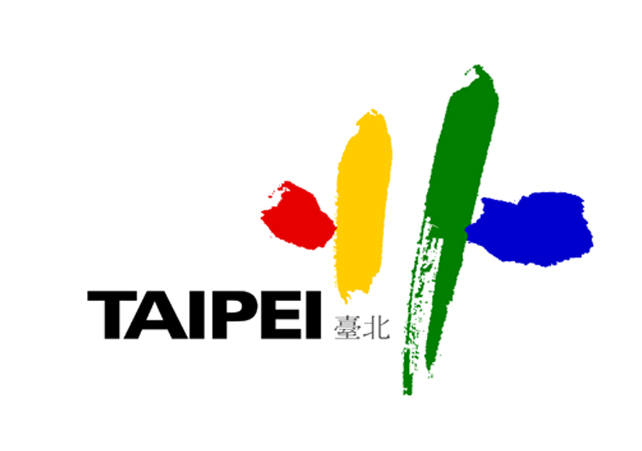
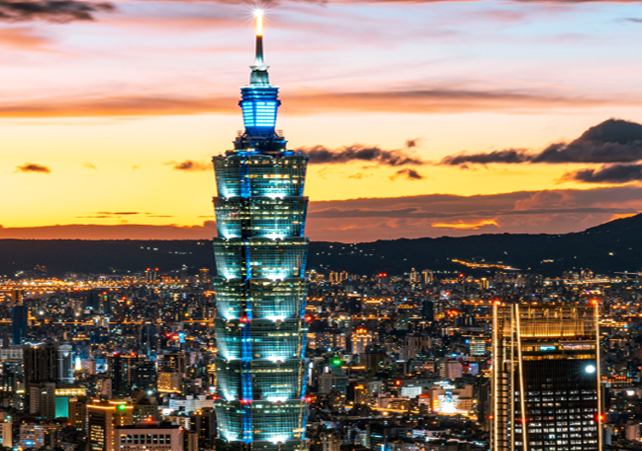
About the City
| Name | Taipei City |
|---|---|
| Population | 2.507 million |
| Main industry/economic sectors | Taipei's main development fields include the information and communications technology, biotechnology, merchandising (wholesale/retail), financial services, and MICE industries. |
| Source of water supply | Taipei Water Department |
| Website | https://english.gov.taipei/ |
Introduction of the City/Province/Organization
The origin of Taipei Water Department(TWD) dates back to 1908 with the founding of the Taipei Water Office. In the early stages following inception, there was only a single filter unit at Xindian Creek, supplying 20,000 cubic meters of drinking water a day to about 120,000 people in Taipei. The rapid pace of urbanization and economic growth placed enormous demands on water supply. To meet this challenge effectively, successive water development works were executed.
As a public utility operator under the Taipei Municipal Government’s jurisdiction, TWD is responsible for supplying some 2.5 million cubic meters of high-quality potable water a day to over 3.8 million users in the Taipei metropolis. That’s an arduous task. Thanks to the hard work and unreserved devotion
Ho Chi Minh - Vietnam
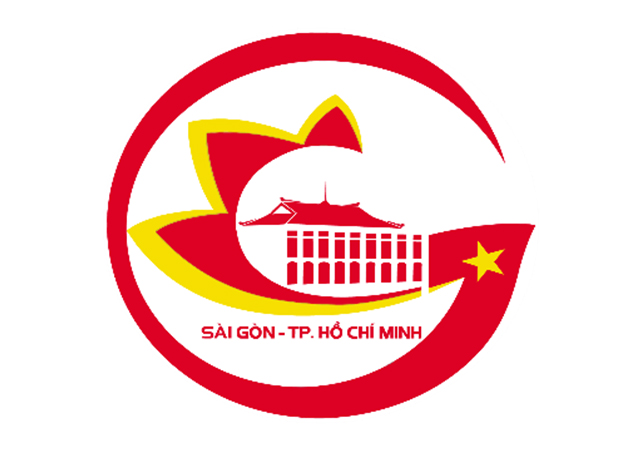
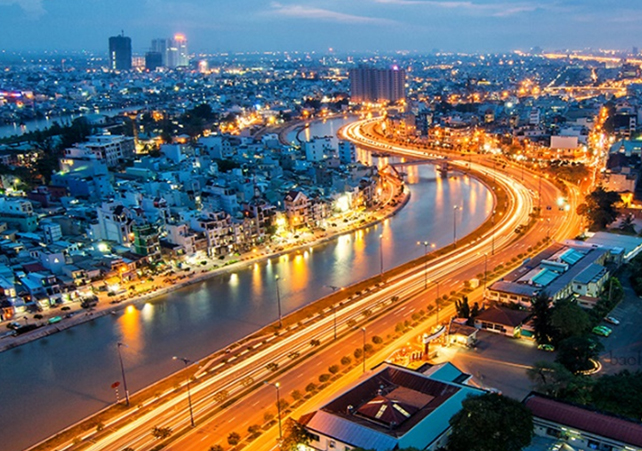
About the City
| Name | Ho Chi Minh City |
|---|---|
| Population | Around 9.3 million in 2023 |
| Main industry/economic sectors | Food production & processing; Beverage of chemicals & chemical products; Manufacture of products from rubber & plastic |
| Source of water supply | Surface water sources of DongNai river, Saigon river&DauTieng lake |
| Website | https://hochiminhcity.gov.vn/ |
Introduction of the City/Province/Organization
Ho Chi Minh City has a quite dense system of rivers and canals. Saigon River starts from Rach Cham, Loc Ninh district, Binh Phuoc province, runs along the border of Vietnam and Cambodia, then runs along the boundary between Binh Phuoc province and Tay Ninh province, then runs along the provincial border. Binh Duong and Ho Chi Minh City before joining the Dong Nai River at the border between Dong Nai province and Ho Chi Minh City and flowing into the sea.
The People's Committee of Ho Chi Minh City issued a plan to implement Action Program No. 41-CTrHD/TU dated June 7, 2023 of the Ho Chi Minh City Party Committee on ensuring water source security and safety of dams and reservoirs until 2030, with a vision to 2045. Accordingly, the goal by 2025 is to complete the preparation of specialized technical plans, schemes and plans related to water to integrate into the city's general planning. Ensure stable water supply for living and production, especially in the coastal areas of Can Gio and Thanh An island commune. At the same time, focus on repairing, upgrading, and ensuring the safety of damaged and degraded irrigation and disaster prevention works, ensuring the ability to control heavy rains, high tides, and fight floods according to design.
Vientiane - Lao PDR
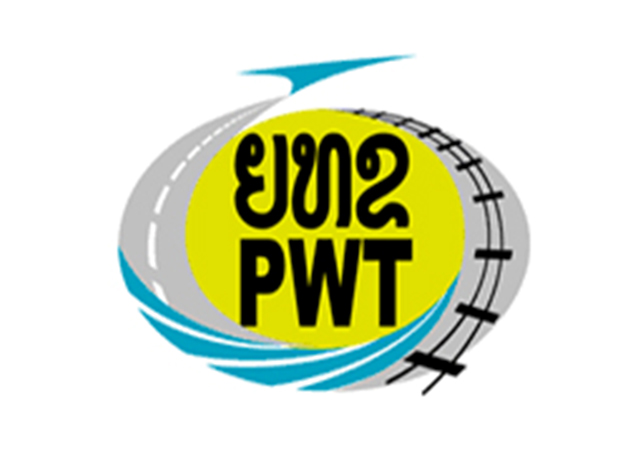
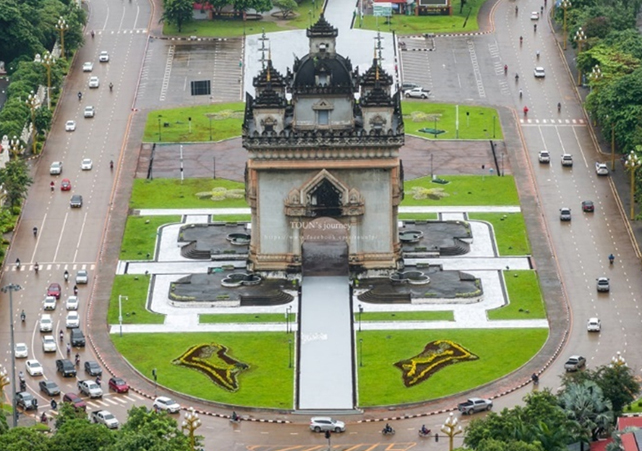
About the City
| Name | LAO PDR |
|---|---|
| Population | 7,655,946 |
| Main industry/economic sectors | Central Government |
| Source of water supply | Rivers, streams, reservoirs and ground water |
| Website | https://www.mpwt.gov.la/ |
Introduction of the City/Province/Organization
The development strategy and vision of the nation seek to achieve the overarching goals of the water supply and sanitation sector under Sustainable Development Goal (SDG) 6, which emphasizes the need for ensuring the availability and sustainable management of water and sanitation for all. The water supply and sanitation strategy for 2030 is geared towards achieving several key objectives, such as providing 90% of the population in provincial and district capitals with access to safe and clean water supply, ensuring that 100% of the population in provincial and district capitals have access to safe sanitation services, and treating 50% of the wastewater generated before disposal. Currently, the urban area access to water supply stands at 77%, whereas access to water supply in the entire country is only 28%. This is a significant challenge that hinders access to safe and clean water as well as the wastewater treatment system. Addressing this challenge requires a comprehensive and integrated approach that leverages innovative technologies, promotes sustainable practices, and fosters public-private partnerships. By doing so, the nation can achieve its water supply and sanitation goals and improve the quality of life for its citizens.
Bandung - Indonesia
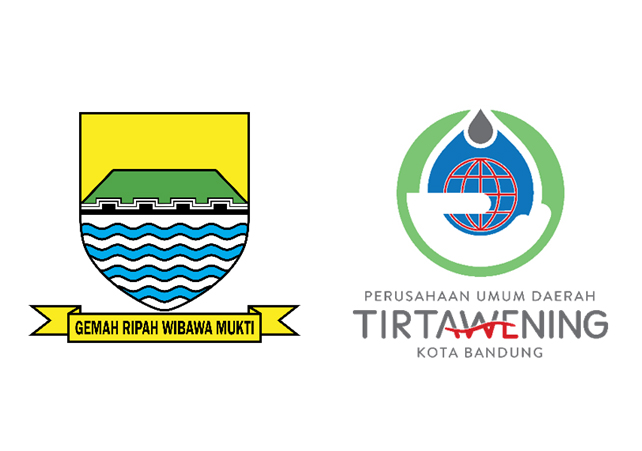
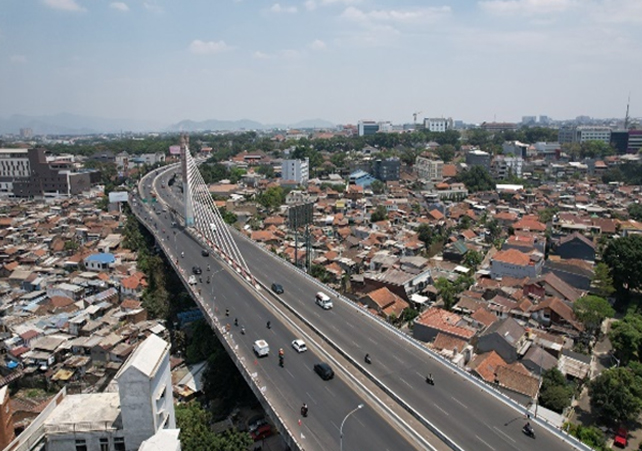
About the City
| Name | Bandung City |
|---|---|
| Population | 2.545.005 |
| Main industry/economic sectors | Services |
| Source of water supply | City Water Company, Groundwater and Water spring |
| Website | https://www.bandung.go.id/ |
Introduction of the City/Province/Organization
Bandung City is a place where many people are moving in, and it's growing quickly with lots of things happening. While the city's economic progress is a good thing, it's also causing some problems for the environment, especially in terms of pollution, especially water pollution.
One of the main issues is that there's more and more sewage and waste coming from homes and businesses. Unfortunately, a lot of this waste isn't being treated properly. This is causing the water in the rivers to become more polluted. When we look at the results of tests on the river water in Bandung, we see that almost all the rivers are in a bad, polluted state. This is a problem because it means there's more work needed to clean the water, and that can lead to less clean water being available for people. When there's less clean water, it can cause problems with people's health and sanitation because there's not enough water for basic needs.
Thankfully, there are efforts being made to deal with this water pollution issue in Bandung City. The Bandung City Environmental Agency is taking steps to address this problem. They're doing things like monitoring the water in the rivers, keeping an eye on the waste water from homes, and checking how businesses are treating their waste water. They're also reaching out to the community and businesses to help them understand the importance of clean water. In addition, they're giving technical advice to businesses and making sure that the rules about waste water are being followed. This is all being done to make sure the environment in Bandung is protected and that people have access to clean water.
Catalonia - Spain
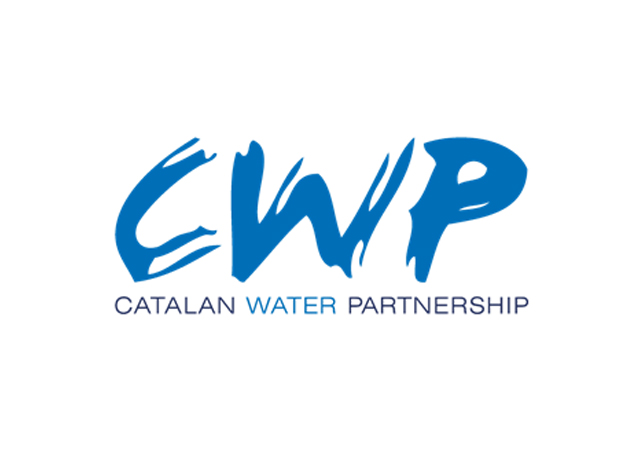
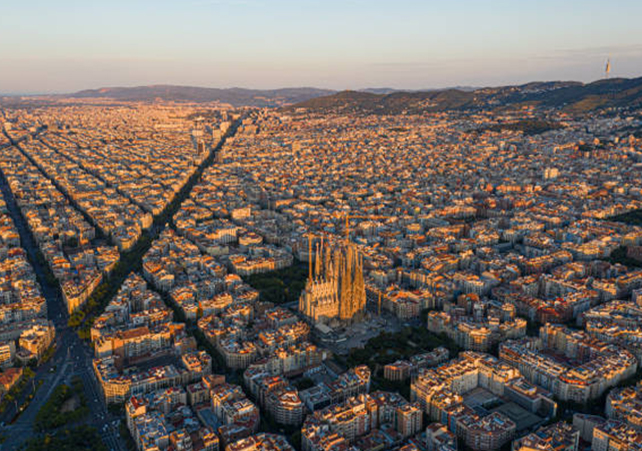
About the City
| Name | Catalonia Region (Barcelona) |
|---|---|
| Population | 7 566 000 (Barcelona: 1 636 193) |
| Main industry/economic sectors | Chemicals and plastics, food and beverage, automotive industry, life sciences |
| Source of water supply | Potabilization of surface water (from the rivers Ter and Llobregat) and desalination for drinking water. Indirect Potable Water reclamation. Groundwater and reclaimed water for non-potable uses. |
| Website | https://aca.gencat.cat/ca/inici/index.html#googtrans(ca|en) |
Introduction of the City/Province/Organization
Barcelona is the main city in Catalonia located in the north east of Spain, in southern Europe, and has a Mediterranean climate. The Catalan River Basin District, close to the shoreline, an area prone to water stress that hosts 92% of Catalan population and most industries. The high inter-annual variability in rainfall, the decreasing runoff and the relatively small dams on the territory, summed to the lack of substantial precipitations in the past 3 years, have caused an ongoing severe drought that has entailed restrictions to water uses. To overcome this challenge, water reclamation and reuse have been boosted, including pioneer Indirect Potable Reuse practices. Other challenges are overexploitation, contamination and saline intrusion in proximity of the coast. Catalonia has a strong water industry (2.5% of Catalan GDP), cutting-edge R&D centres and Barcelona is one of the European cities with the lowest water consumption: 106 litres/person/day. Nowadays Catalonia are managing one of the worst drought in decades.
Mikkeli - Finland
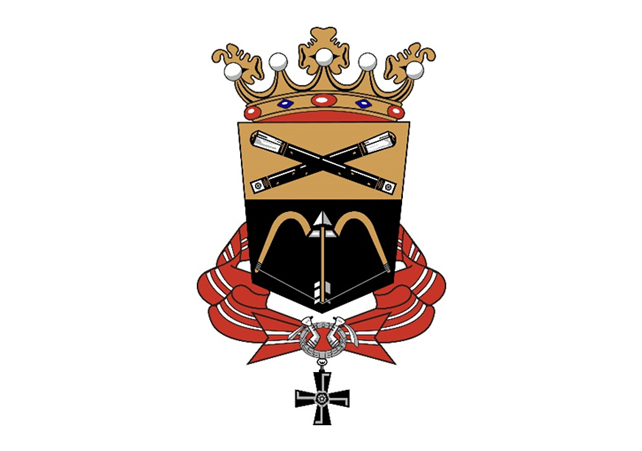
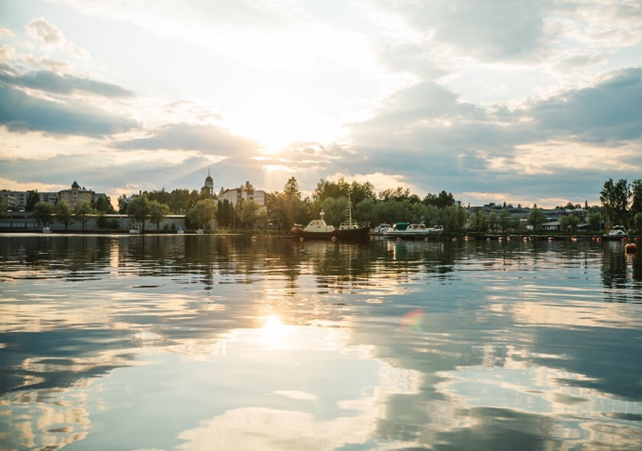
About the City
| Name | City of Mikkeli |
|---|---|
| Population | 53 000 |
| Main industry/economic sectors | Forestry |
| Source of water supply | Ground water |
| Website | https://mikkeli.fi/en/ |
Introduction of the City/Province/Organization
Mikkeli is located in Eastern Finlandby the Lake Saimaa, the largest lake basin in Finland, and the fourth largest natural freshwater lake basin in Europe.The Saimaa archipelago is dotted with countless extremely fragile islands with cliffs and majestic pine trees, each bearing unique traces of the passage of time.
Clean water is the foundation for all life and livelihoods and therefore a strategic spearhead for the city, based on strong expertise in R&D and education.
City of Mikkeli has launched Blue Economy Mikkeli Center of Excellenceto enable companies and R&D organizations to develop the circularity of urban water management. For us water circularity in practice is to provide reclaimed water for industry, to utilize sludges in biogas production, recover heat and nutrients from the wastewater and accelerate the development of new technologies in testing and piloting facilities within our MBR wastewater treatment plant.
Daegu Metropolitan City - Republic of Korea
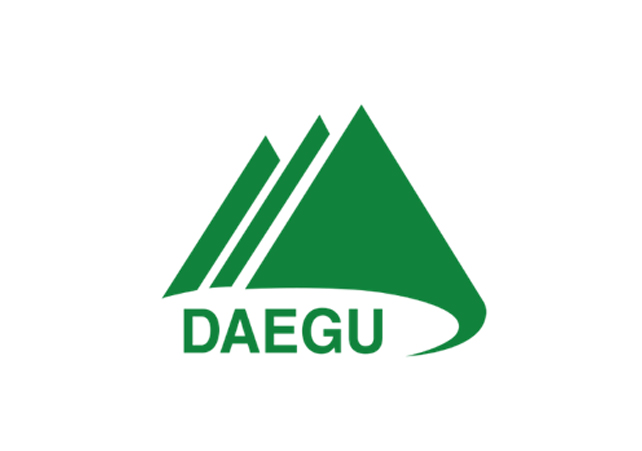
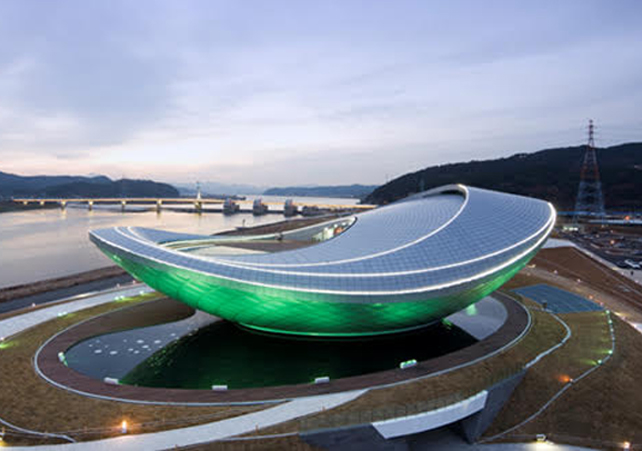
About the City
| Name | Daegu Metropolitan City |
|---|---|
| Population | 2.5 million |
| Main industry/economic sectors | Water, futuristic vehicle, medical, IoT, robot, auto, machinery, metal industries |
| Source of water supply | Nakdong river, Unmun dam, Gachang dam, Gongsan dam |
| Website | https://www.daegu.go.kr/english/ |
Introduction of the City/Province/Organization
Daegu, an inland city located in South-eastern Korea,has an unfortunate history involving water as can be seen from a phenol leakage incident in the past.However, undaunted by such a setback, the city of Daegu took bold steps to overcome the challenge. With citizens’ active participation and relevant technological development, a miracle has been achieved, in which its main stream Sincheon obtained Grade 1 water quality (BOD level less than 2 ppm).
After 5 years of hard work, the city government managed to complete the construction of the Korea Water Cluster (KWC) in 2019, which is a remarkable fruit of Korea’s first landmark Water Industry Promotion Project. Along the process, with the establishment of its key facility, the Korea Institute for Water Technology Certification(KIWATEC), a one-stop support system for water companies has been established with respect to R&D, certification, verification, overseas market penetration, etc..
Moreover, with the successful hosting of the 7thWorld Water Forum in 2015, the city came to have a keener interest in global water issues. In light of this, by annually holding the Korea International Water Week(KIWW), the World Water Cities Forum(WWCF), and the International Water Industry Conference(IWIC), it has been taking the lead in establishing inter-city cooperative governance in the water sector all with the objective of addressing global water issues.
Batam - Indonesia
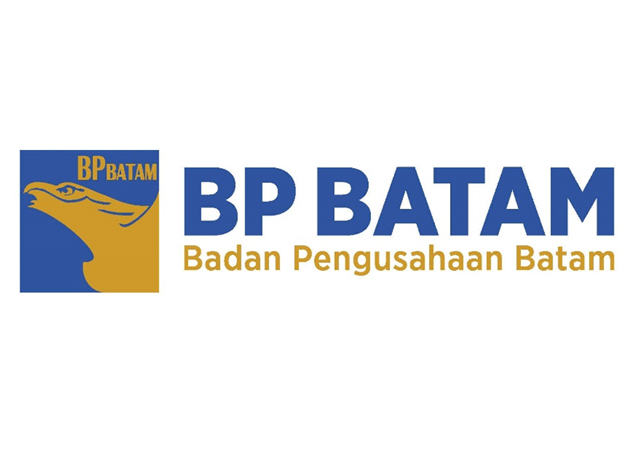
About the City
| Name | Batam City |
|---|---|
| Population | 1,240,792 |
| Main industry/economic sectors | Sector Industry |
| Source of water supply | Rainfall/Earthfill, Estuary Dam |
| Website | https://bpbatam.go.id |
Introduction of the City/Province/Organization
Batam is a city with an area of around 1,575 km². With a population of around 1,240,792 people and continuing to grow, Batam is Indonesia free trade zone, mean Batam is one of the leading industrial Estate in Indonesia. The demand for clean water is still increasing and in 2045 Batam will need approximately around 6.498 liters/second. Currently, Batam has 7 (seven) water treatment plants (WTP) capable of producing around 4.054 liters/second from 6 (six) dams, with a total capacity of around 162,336,000 m³. However, this capacity is only able to serve around 91% of the total population in Batam. It should be noted that currently Batam is still very dependent on rainwater as a source of filling the reservoir. To overcome this challenge, several alternatives can be explored. First of all, we have to drag all the reservoirs in Batam, next is to process other sources of raw water that can be obtained and used. Innovations such as seawater desalination through the SWRO system are a much needed alternative in Batam. Another thing is the need to look for effective and efficient technology in water treatment so that inplant losses and NRW can be reduced.
Mediterranean Water Institute (IME)
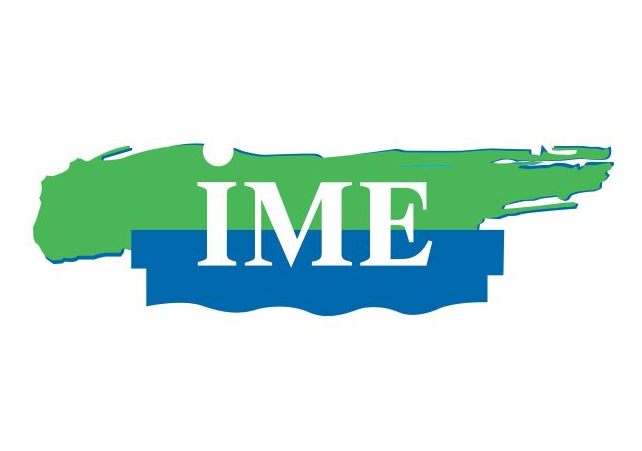
About the City
| Name | Institut Méditerranéen de l’Eau (IME) Mediterranean Water Institute (IME) |
|---|---|
| Established | Created in 1982 |
| Type | Non-Governmental Organization under the French Law (Association) |
| Headquarters | 18/20 avenue Robert Schuman – 13002 Marseille (France) |
| Membership | 120 members from the Mediterranean water community |
Introduction of the City/Province/Organization
IME is a non-profit organization under the French law of 1901, created in Rabat, Morocco, in 1982 brings together members of various origins but having the common point to be an actor in the problem of the water in the Mediterranean. It joins all the stakeholders concerned by this issue: local and territorial authorities, ministerial authorities, professionals (public and private), individual skills.
IME operates as an network for thought, study and exchange on fundamental issues related to all aspects of water and sanitation (energy, irrigation, drinking water, industry, non-conventional resources). It constitutes a frame of dialogue for the main actors, the local authorities and the professionals, the sponsors and the organizations of cooperation of these domains in the Mediterranean.
IME contributes to implement, within the framework of an intense policy of multilateral and trans-Mediterranean cooperation, programmes of study, research and training necessary for the integrated water resources management, by taking into account the saving of the natural environment and its control under its most diverse aspects, into a concept of sustainable development.To reach its objectives, IME, right from its inception, based its actions on efficient means and methods such as: scientific co-operation, exchange of experience and transfer of technology
TURKISH WATER INSTITUTE (SUEN)
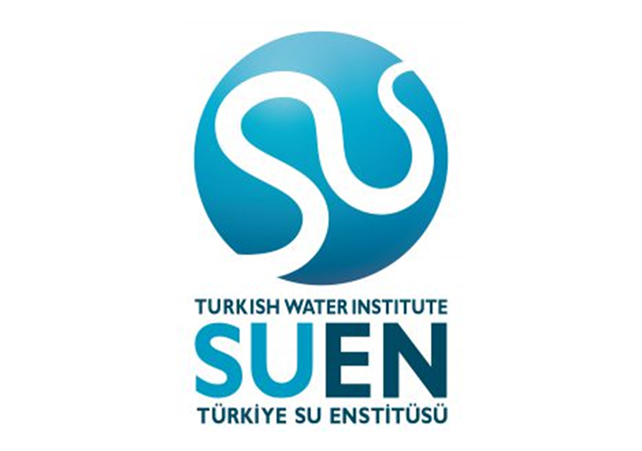
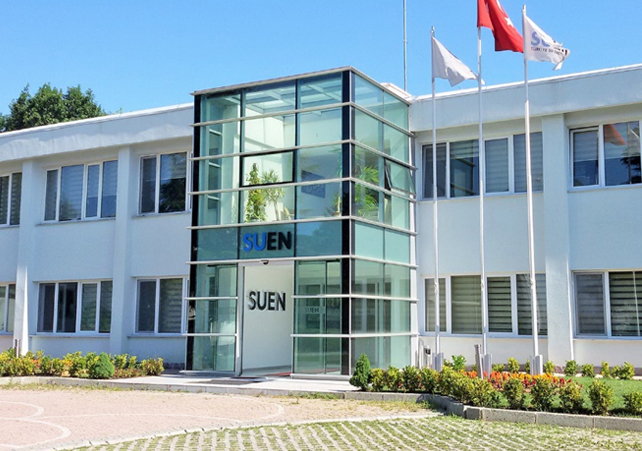
About the City
| Name | TURKISH WATER INSTITUTE (SUEN) |
|---|---|
| Established | 2011 |
| Type | THINK TANK |
| Headquarters | ISTANBUL TURKIYE |
| Membership | 120 members from the Mediterranean water community |
Introduction of the City/Province/Organization
SUEN is a national think tank established to develop national water policies, provide consultation to decision makers, coordinate between organizations & institutions and enhance scientific research and strategic ideas with a focus on creating a common platform for water management. SUEN works in cooperation with national and international water-related institutions on issues such as sustainable water management, developing water policies, sustainable energy and capacity building for solving local and global water problems.
